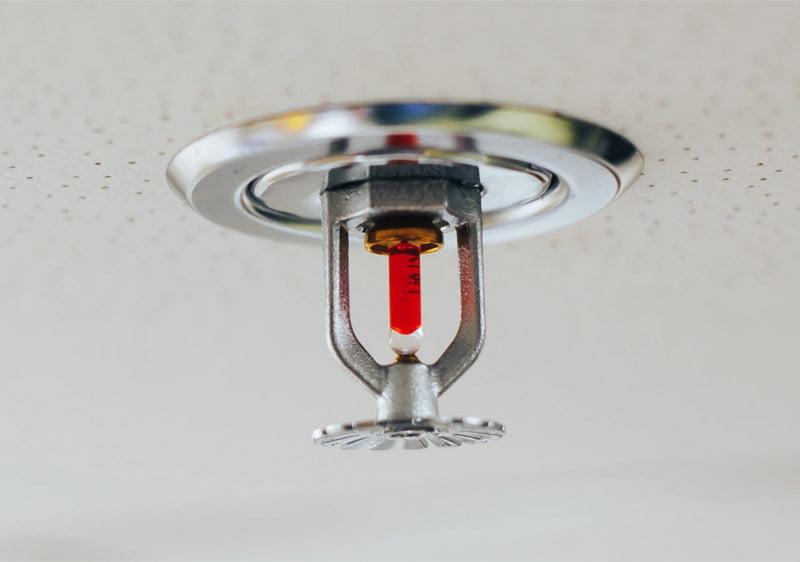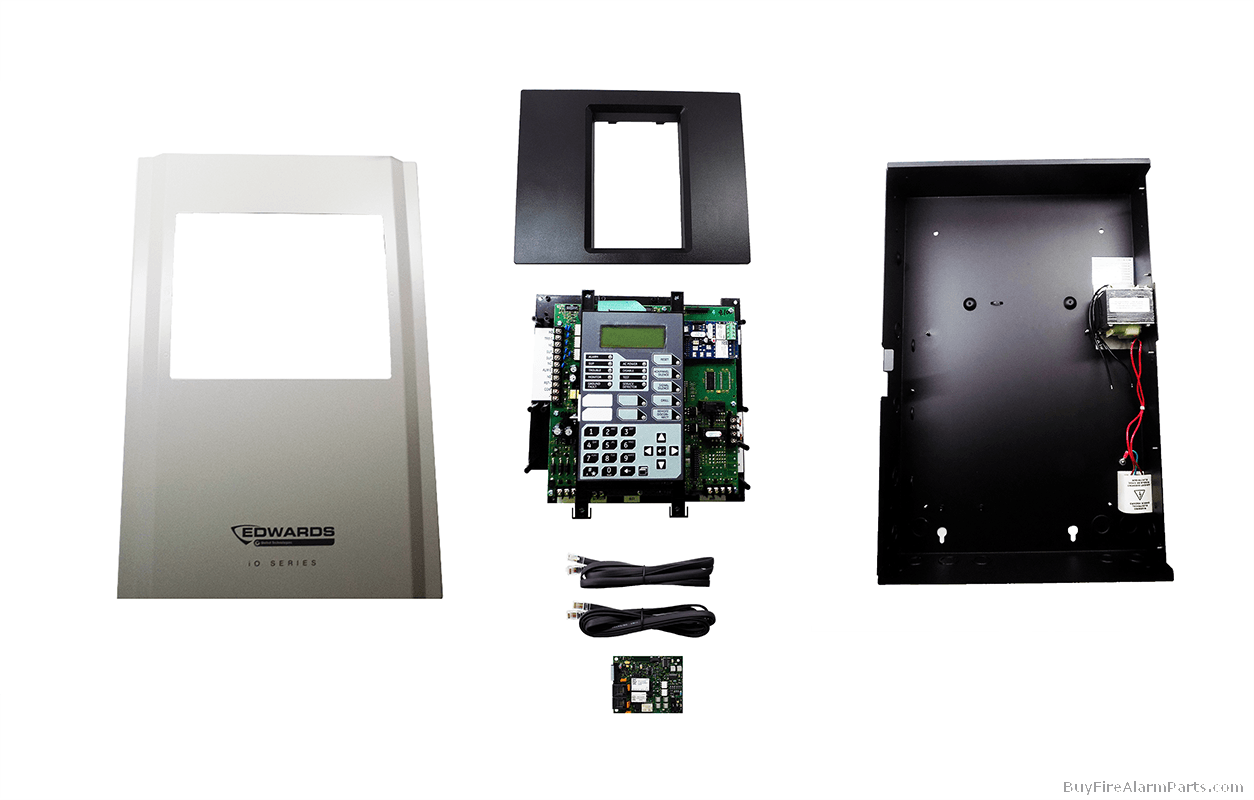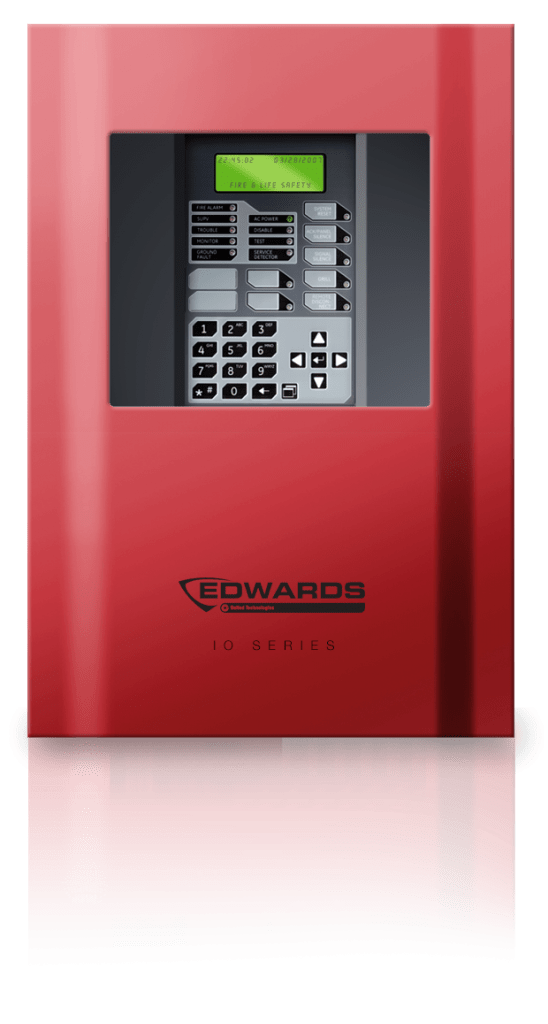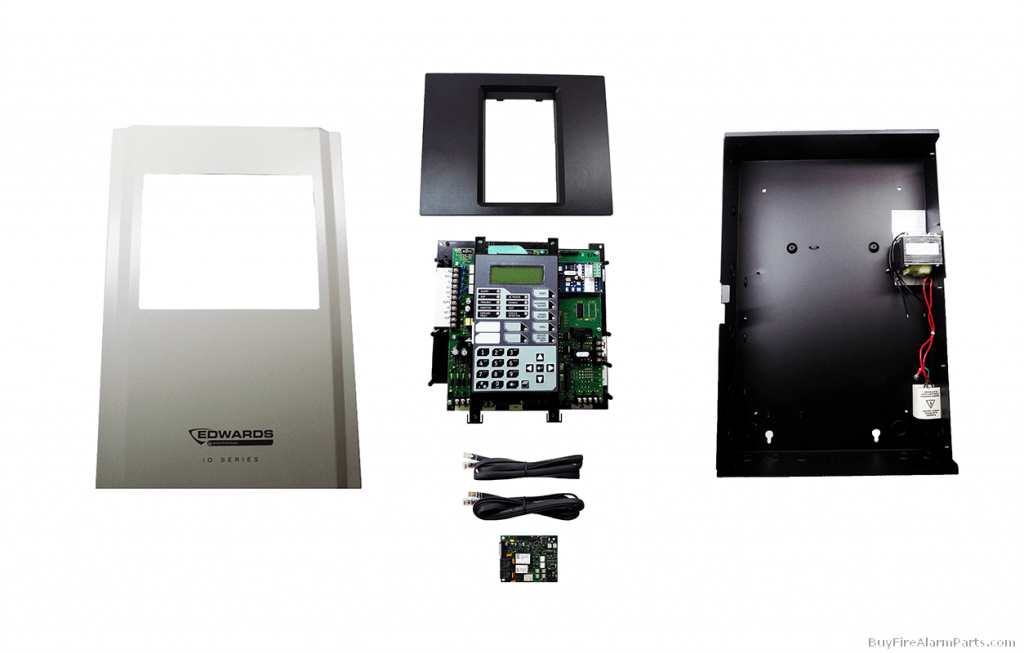A fire alarm circuit is a simple circuit that detects fire and activates a siren or buzzer. Fire alarm circuits are critical equipment for detecting fires in real time and preventing damage to people and property.
Fire protection is one of the most vital components of a building, and fire alarms are a part of that system. A fire alarm system in Dubai, UAE is a mandatory part of fire protection. These small units alarm the inhabitants of the building in case of a fire and give them time to get to safety.
Although these units are a part of our daily lives, many people don’t understand the workings of a fire alarm system and how they can choose the perfect ones for their buildings. In this guide, we will look at the working of a fire alarm system and why it is a must-have component in both your commercial and residential buildings.
What is Fire Alarm System
A building fire emergency notification system consists of audible and visual alarm notification appliances (such as horns and strobes) installed in all common-use areas of a building, as well as manual alarm stations (such as pull stations) installed at each level’s exit.
A fire alarm system is a set of interconnected devices designed to detect and alert individuals about the presence of a fire. The primary purpose of a fire alarm system is to provide early warning, allowing people to evacuate a building safely and enabling prompt response from emergency services. These
fire suppression systems are crucial for protecting lives and property in the event of a fire.
The Role of A Fire Alarm System
The fire alarm system belongs to a family of fire equipment, and it is used for fire protection. This system includes several components and is used for the protection and containment of fires.
The system is designed with several sensors (these are used for both smoke and fire detection), automated extinguishing agents (such as fire sprinkler systems and smoke detection systems). You will also find units that include roller shutter control and these units are often integrated as extensions to a fire alarm system.
The fire alarm system in Dubai, UAE is activated in the case of an emergency. After the alarm is triggered, the nearest fire department is also alarmed to ensure maximum fire containment. You will also find systems in the market that alarm the residents of the house via phone and SMS in case of an emergency.
Parts of a Fire Alarm System
Before we get to the working of an alarm system, it is essential to know about the parts. The fire alarm system in Dubai, UAE includes several different parts and components where each has a unique function. Knowing about these parts firsthand will help you understand the workings of a fire alarm system better. The following are the five primary parts that are included in every fire alarm system:
- Initiating Devices – These are the components of the alarm systems that are used to detect smoke or fire. These devices include smoke and heat detectors, water flow sensors, and pull stations.
- Indicating Appliances – These components are used to sound the alarm and alert people about the fire hazard. The indicating appliances include horns, chimes, bells, etc. Indicating appliances are designed to be loud so people are altered at once and leave the premises at the earliest. Some units also come with strobe lights to alert people with hearing aids.
- Fire Alarm Panel – This is the user interface of the fire alarm system and it is used for central monitoring. The alarm system is controlled using the fire alarm panel. This panel includes a display that shows the current state of the fire alarm system in Dubai, UAE. The panel allows the users to troubleshoot the alarm systems and reset them whenever necessary.
- Power Supplies – This is the backup power that is used to power the fire alarm system in case of a power loss. The batteries can either be integrated into the control panel or stored in a separate enclosure. These batteries will start powering the fire pumps installation system in case of a power failure and work for 24 hours.
- Auxiliary Devices – These are additional devices that could be added to the fire alarm system in Dubai, UAE to ensure maximum fire protection in any facility or commercial building. Some examples of auxiliary devices include visual LED indicators, fire doors, alarm silence switches, etc.
How is the Fire Detected?
The initiating devices within the fire alarm system detect smoke or fire. The fire control panel is connected to the initiating devices via wire circuits. These wire circuits allow the control panel to monitor the state of the initiating devices and identify whether they are in normal or alarm modes. The control panel will then show these readings on the display panel. When the fire starts, the smoke or heat will trigger the initiating devices, this will alert the fire alarm system of the fire and put it in the alarm mode.
What Happens After The Alarm is Activated?
- One, the indicating appliances will start sounding the alarm, this will notify everyone in the building about the danger.
- Second, the system will direct a call to the monitoring company alerting them about the fire as well.
How Fire Alarm System Works
A fire alarm system is a crucial component of fire safety and emergency response measures in buildings. Its primary function is to detect and alert occupants about the presence of fire, smoke, or other potentially dangerous conditions, allowing them to evacuate safely and emergency services to respond promptly. Here’s a brief overview of how a typical fire alarm system works:
-
Detection Devices:
- Smoke Detectors: These devices use various methods to sense the presence of smoke particles in the air, such as ionization or photoelectric sensors.
- Heat Detectors: These devices activate when they sense a significant rise in temperature, indicating the possibility of a fire.
- Flame Detectors: Some systems include detectors that respond to the presence of flames.
-
Initiation of Alarm:
- When a detection device senses a potential fire or smoke, it sends a signal to the fire alarm control panel.
-
Fire Alarm Control Panel (FACP):
- The control panel is the central hub of the fire alarm system. It receives signals from the detection devices and processes the information.
- Based on the received signals, the control panel activates the alarm notification devices.
-
Alarm Notification Devices:
- Audible Alarms: Sirens, horns, or bells provide loud and distinctive sounds to alert occupants.
- Visual Alarms: Strobe lights or flashing lights are used to supplement audible alarms, especially in noisy environments or for individuals with hearing impairments.
- Communication Devices: Some advanced systems may incorporate communication devices like voice alarms or automated messages to provide specific instructions to occupants.
-
Monitoring and Communication:
- The fire alarm system may be connected to a monitoring service or emergency responders, ensuring a quick response to the detected threat.
- In larger buildings or complexes, the system may also have features like zone identification, allowing responders to locate the source of the alarm more efficiently.
-
Manual Activation:
- Occupants may have access to manual fire alarm activation devices, such as pull stations or break glass units, enabling them to manually trigger the alarm in case of an emergency.
-
Integration with Building Systems:
- Fire alarm systems can be integrated with other building systems, such as HVAC (Heating, Ventilation, and Air Conditioning) or access control, to enhance overall safety measures.
Regular testing, maintenance, and adherence to fire safety codes are essential to ensure the proper functioning of fire alarm systems. These systems play a critical role in minimizing the risk of injury or loss of life in the event of a fire.
Final Words
A fire alarm system in Dubai, UAE is an essential part of your building. This system protects you from fire and ensures maximum fire security. Installing them in your building will be a protective measure and increase the security of your building. If you are looking for a trusted fire alarm system in Dubai, UAE, have a look at RESCO. We offer a variety of fire safety solutions to choose from and assist with installation as well.
Guardians of Safety: Unveiling the Essence of Fire Alarm Systems in Every Building
Browse our collection of the latest technology or get in touch with our expert team
to discuss your specific requirements.





